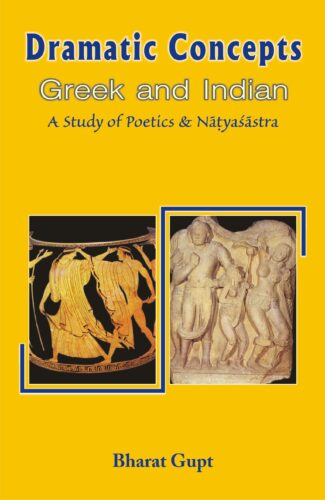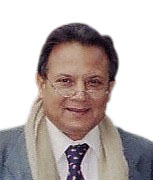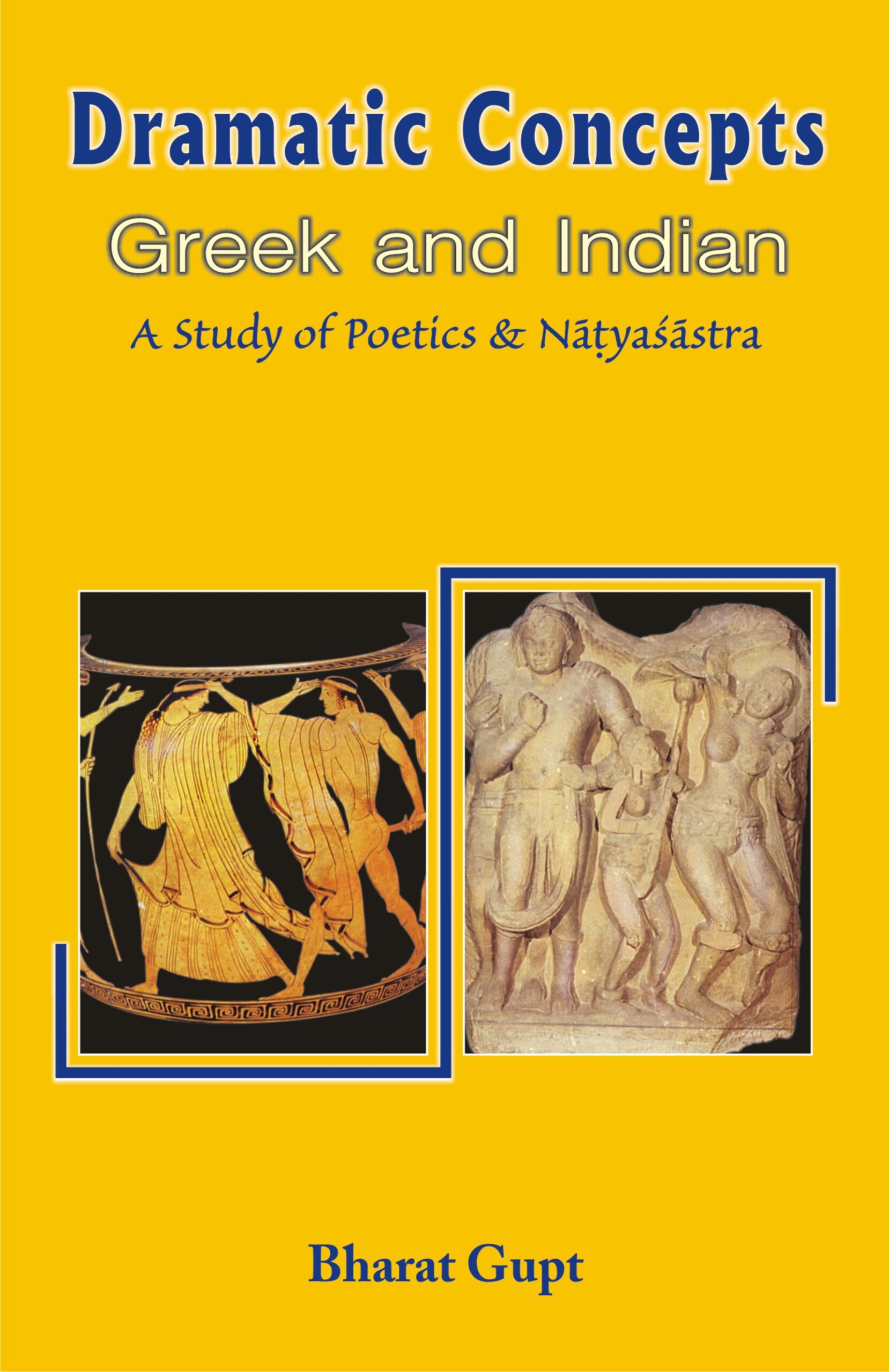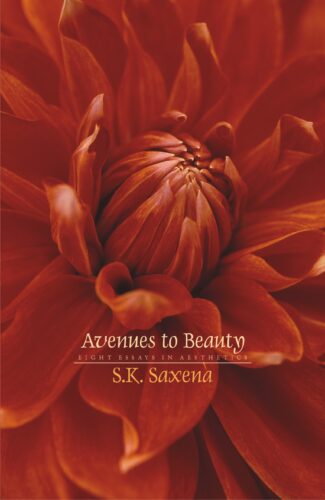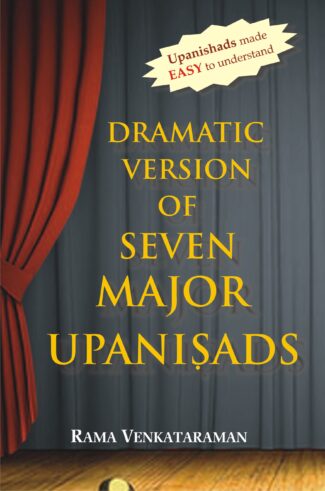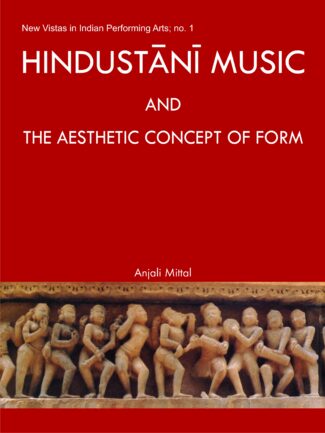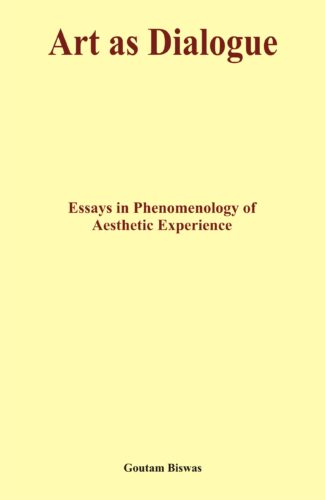

Dramatic Concepts, G...
Dramatic Concepts, Greek and Indian
A Study of the Poetics and the Natyasastra by: Bharat GuptThis study offers a fresh approach in comparing ancient Greek and Indian dramatic theories by reconstructing Greek/Indian performances to highlight their similarities and differences. This revaluation will help in shaping of newer modes of performance.
Original price was: ₹1,100.00.₹990.00Current price is: ₹990.00.
ISBN: 9788124600252
Year Of Publication: 2006
Edition: 1st
Pages : xvii, 295
Bibliographic Details : Bibliography; Index
Language : English
Binding : Hardcover
Publisher: D.K. Printworld Pvt. Ltd.
Size: 23 cm.
Weight: 600 gm.
This study offers a fresh approach in comparing ancient Greek and Indian dramatic theories. Instead of treating the Poetics and the Natyashastra as Western and Eastern viewpoints, it places them within the broad framework of ancient Indo-European culture and the art of sacred drama (hieropraxis). It demonstrates that hieropraxis was basically different from post-Renaissance European drama which was entirely secular in content and Realistic in presentation. The Poetics and the Natyashastra on the contrary, belonged to theatres which pleased both gods and men, and which used semiotised gesture, dance, music, and dialogue to create a highly ornate theatrical reality. The book aims at comparing not only the concepts as propounded by Aristotle and Bharata Muni, but also attempts to reconstruct the Greek and Indian performances to highlight their similarities and differences. In view of the increasing constrains imposed on artistic endeavours by commercial pre-occupations in todays world, this stimulating revaluation of the two major classical stage-crafts will go a long way in the discerning and shaping of newer modes of performance. Concepts like anukarana, dharmi, abhinaya, itivritta, mimesis, muthos, melopoiia, katharsis and rasa, etc., as revisited and expounded here, can be seen as means of creating dramatic shows which go beyond message and entertainment to provide sublimer experiences.
Preface
Part I
Ancient Drama as Hieropraxis
1. Introduction
Ancient Drama as Hieropraxis Unification of Speech, Gesture and Dance in Hieropraxis Departure from Hieropraxis Growth of European Drama as Word-Centered Performance Christian Bias against Transformation Elimination of Dance and Music Rise of Portraiture Social Reformism The Poetics and the Natyashastra as Systems of Performance
2. The Date Of The Natyashastra
The Sanskrit of the NSH The Antiquity of Dasharupakas Musical Instruments in the NSH Gandharvas and Gandharva Pre-epic Themes of Early Drama The NSH and the Ramayana The NSH and the Mahabharata The Prose Passages in the NSH The NSH as Antedating Kautilya, Vatsyayana and Amarakosha The NSH as a Compilation Bharata Muni, a Person not a Tradition Later Growth of the NSH
3. Indo-European Beliefs in Greek and Indian Drama
Miasma-katharsis or Shauca-ashauca The Gift of Vitality Ancestor Worship and Burial Customs Protection to the Supplicant The Power of Oath Oracles and Curses Some Other Common Beliefs
4. Drama as Festive Ritual
Drama and Ritual The Nucleus of Dance in Greek Theatre Audience Participation Origin of Indian Drama Indian Festive Setting Community Involvement
Part II
Concepts and Techniques
5. Basic Concepts of Aristotle and Bharata Muni: A Reassessment
6. Theory of Imitation
The Concept of Anukarana
7. Medium of Imitation
Rhythm, Language, and Harmony The Indian Medium of Anukarana Abhinaya of Four Kinds Angika Abhinaya Head Movements Hand Postures Breast, Belly and Leg Movements Leg Postures or Cari Gatipracara or Gait Verbal Abhinaya Sattvika Abhinaya Aharya Abhinaya Kinds of Aharya The Unification of Four Abhinayas or Samanikarana
8. A Comparison of Greek and Indian Theatrical Space
Hieropraxic Division of Space The Greek Performance Space The Effect of the Mask on Theatron Size The Indian Performance Space Space for Musical Activity Dance Space Division of Acting Area, or Kakshya Vibhaga Open Theatres
9. The Visual Content
Greek Gesture and Dance Orchestral Activity Greek Choreology Greek Dance Genres Theatrical Dances Unification of Dance with Words Visual Content in Indian Drama
10. The Aural Content
Lexis Rhythm and Tone Melopoiia: The Greek Musical System Application in Theatre The Vagabhinaya Concept Pathya Prose-Verse Dialogue in Indian Drama Elements of Dialogue or Pathya Gana or Dhruva Songs Gandharva Dianoia
11. Dramatic Genres and Play Structures
The Serious and the Trivial Dasharupakas The Four Vrittis Significance of Dasharupakas Play Structure Itivritta Ethos and Nayakas Ethos Nayakas and Nayikas
Part III
Transformation and Emotional Arousal
12. Transformation and Emotional Arousal
Transformation of Reality Lokadharmi and Natyadharmi Transformation for Emotional Arousal Emotional Arousal in Greek Theory Indian System of Emotional Arousal Vibhavas and Anubhavas Katharsis and Hedone The Rasa Concept Lollatas Analysis Shankukas Analysis Bhattanayakas Analysis Abhinavaguptas Analysis Samyuktivada Katharsis and Rasa Epilogue
Bibliography
Index


